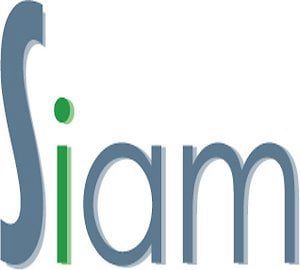Need help meeting Japan’s new SDS requirements

Need help meeting Japan’s new SDS requirements? – New Code of Practice published! 234 new substances subject to mandatory SDS and labeling requirements under ISHL.
The Japan Chemical Industry Association (JCIA) has published a guidance document to help companies comply with new SDS and labeling requirements under the revised ISHL. Although not an official document, it is considered “a high reference” because it was prepared in close cooperation with the Ministry of Health, Labor and Welfare (MHLW).
Commitment effective April 1, 2024
On May 31, 2022, the MHLW amended the Industrial Safety and Health Regulation to introduce new requirements for the safety data sheet and labeling of hazardous chemicals. The amendment added 234 new substances subject to mandatory SDS and labeling requirements under the Industrial Safety and Health Act (ISHL). A requirement that takes effect April 1, 2024, although companies in the industry have been given a one-year grace period until March 31, 2025. And in addition to the addition of these 234 substances, the new regulation brings several other changes to SDS requirements and delivery methods. Let’s look at some of the most relevant ones.
Recommended use information
Suppliers must identify the intended use of the product, although it is not necessary to include a complete list of possible uses. If the recipient of the chemical intends to use the product for purposes other than those listed on the MSDS, they must conduct a risk assessment. In addition, if there is a specific use that the supplier advises against, the use should be included.
SDS delivery methods
The amendment includes two new SDS delivery methods:
- Transmission of the link where the SDS is placed.
- Transmission of the QR code.
In addition, prior consent of the recipient is no longer required.
More specific composition information
It is required that the actual percentage by weight be indicated on the SDS for controlled substances in a blended product. Along with the chemical name, the concentration information must appear and include the exact percentage by weight.
Updates
As of April 2024, health risk assessments are required every 5 years. If there are updates, the SDS must be updated within 1 year and provided to downstream links.
Labeling
Starting April 1, 2023, labeling will be required on containers at the plant if the chemical in question is transferred from one container to another or stored in a container after manufacture.
Public guidelines published by the JCIA provide accurate information on:
- Recommended applications and limitations.
- Protective equipment to be used for recommended applications.
- Disclosure and confidentiality of ingredients.
Chemeter
Our Chemeter software has the “Japan” module available, which is required to perform FDS that includes the country’s national regulations according to the latest current updates. If your company sells its products in Japan, do not hesitate to contact us for more information on this practical tool.
More information can be found here:
Also Read: REACH revision postponed under pressure from industry
Reservation
This information has been compiled with the greatest possible care, in some cases from different information sources. (Interpretation) errors are not excluded. No legal obligation can therefore be derived from this text. Everyone dealing with this subject has the responsibility to delve into the matter!
